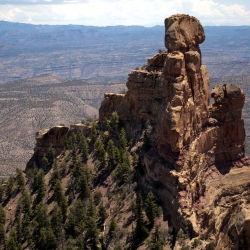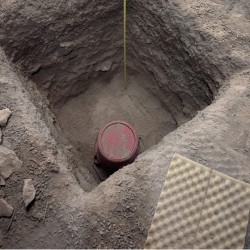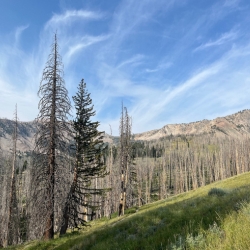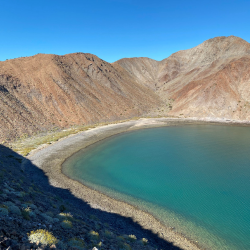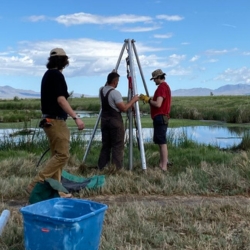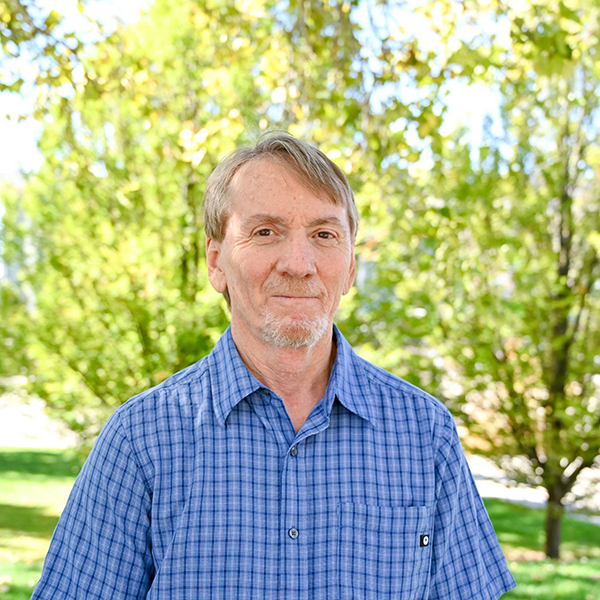Records of
environment and disturbance
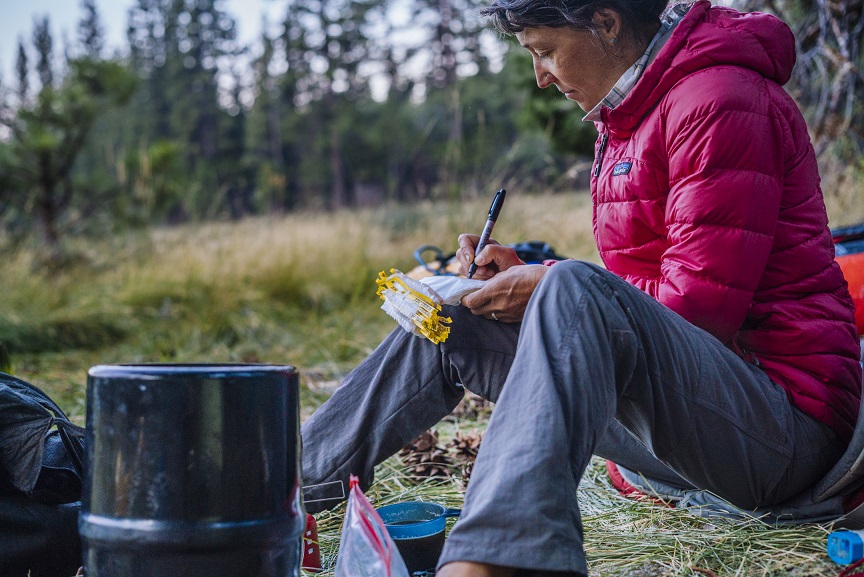
Records of Environment and Disturbance
RED Lab
Research in the RED Lab focuses on reconstructions of past environments with a strong emphasis on studies that contain management applications or are collaborative with archaeological research. Projects include reconstructions of fire and vegetation regimes from the western U.S., Mexico, and Central and South America, past bark beetle outbreaks in the mountain west, desert wetlands (ciénegas), and human paleoecology.

